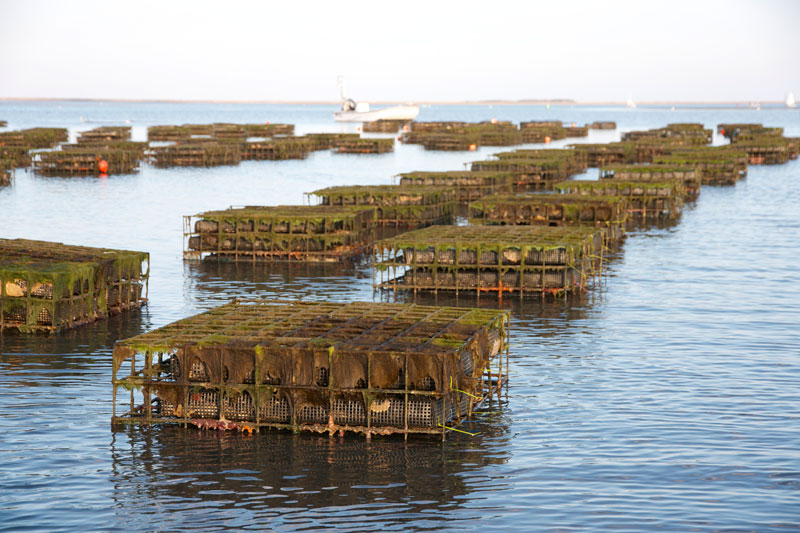The global oyster market is experiencing steady growth as seafood consumption continues to climb worldwide. Valued both as a delicacy and a sustainable source of healthy protein, oysters are gaining popularity among consumers across diverse markets. In 2025, the market is expected to reach US$120,4 billion (around R2,1 trillion), up from US$116,3 billion (R2 trillion) in 2024. Projections suggest this upward trend will continue, with the industry forecast to reach US$158,8 billion (R2,8 trillion) by 2033, representing a compound annual growth rate (CAGR) of 3,5% over the period.
Read Also: Revitalizing Indigenous Crops for Farmer Support and Better Nutrition
Several factors are driving this expansion. Global seafood demand is projected to keep increasing through 2050 due to population growth. Within this broader trend, oysters are gaining traction not only as a premium food item but also as an affordable luxury for a growing number of middle- and upper-class consumers. Rising disposable incomes in emerging economies are allowing more people to enjoy high-value seafood, while technological advancements—especially in e-commerce platforms and cold chain logistics—are making oysters more widely available and maintaining their quality during transport.
Health-conscious eating habits are also supporting market growth. Oysters are nutrient-dense, offering low-calorie, high-quality protein alongside essential vitamins like B12, minerals such as zinc and copper, and omega-3 fatty acids. This makes them appealing to consumers seeking both taste and nutrition.
Regional Insights
The Asia-Pacific region continues to dominate the global oyster market, holding more than 94,9% of the market share in 2024, according to IMARC Group. Seafood is deeply ingrained in the cultural diets of China, Japan, and South Korea, with China also leading global production through both aquaculture and wild harvesting. The region’s expanding middle class, growing urbanisation, and increased awareness of oysters as a healthy food option are fueling demand. Furthermore, government-backed aquaculture initiatives and strong trade links position Asia-Pacific as a major exporter to the rest of the world.
North America is also emerging as a key growth area, particularly the United States, which commands 92,3% of the regional market. Increases in oyster reef restoration projects, along with a boom in online seafood sales, are propelling demand.
Benefits of Oyster Farming
Oyster farming presents a sustainable alternative to overfished wild stocks. The molluscs require no feed or fresh water, making them a low-impact aquaculture choice. Advances in breeding are producing hardier oysters with better yields, while the molluscs’ natural filtering ability—up to 200 litres of water per day per oyster—supports marine ecosystem health. Oysters also absorb carbon dioxide, contributing to climate change mitigation efforts.


In the Middle East, countries such as the United Arab Emirates and Oman are investing in oyster farming to reduce import reliance.
Looking Ahead to 2025
The oyster industry in 2025 is set to be shaped by rising online sales, greater demand for sustainably sourced seafood, and new market opportunities in regions like India and Brazil. Producers aiming to thrive will need to differentiate themselves through innovative farming methods that create unique flavour profiles, creative product development, and sustainability certifications that appeal to discerning buyers.
As the market evolves, oysters are set to remain at the intersection of culinary excellence, environmental stewardship, and economic opportunity—making them a key player in the future of global seafood trade.